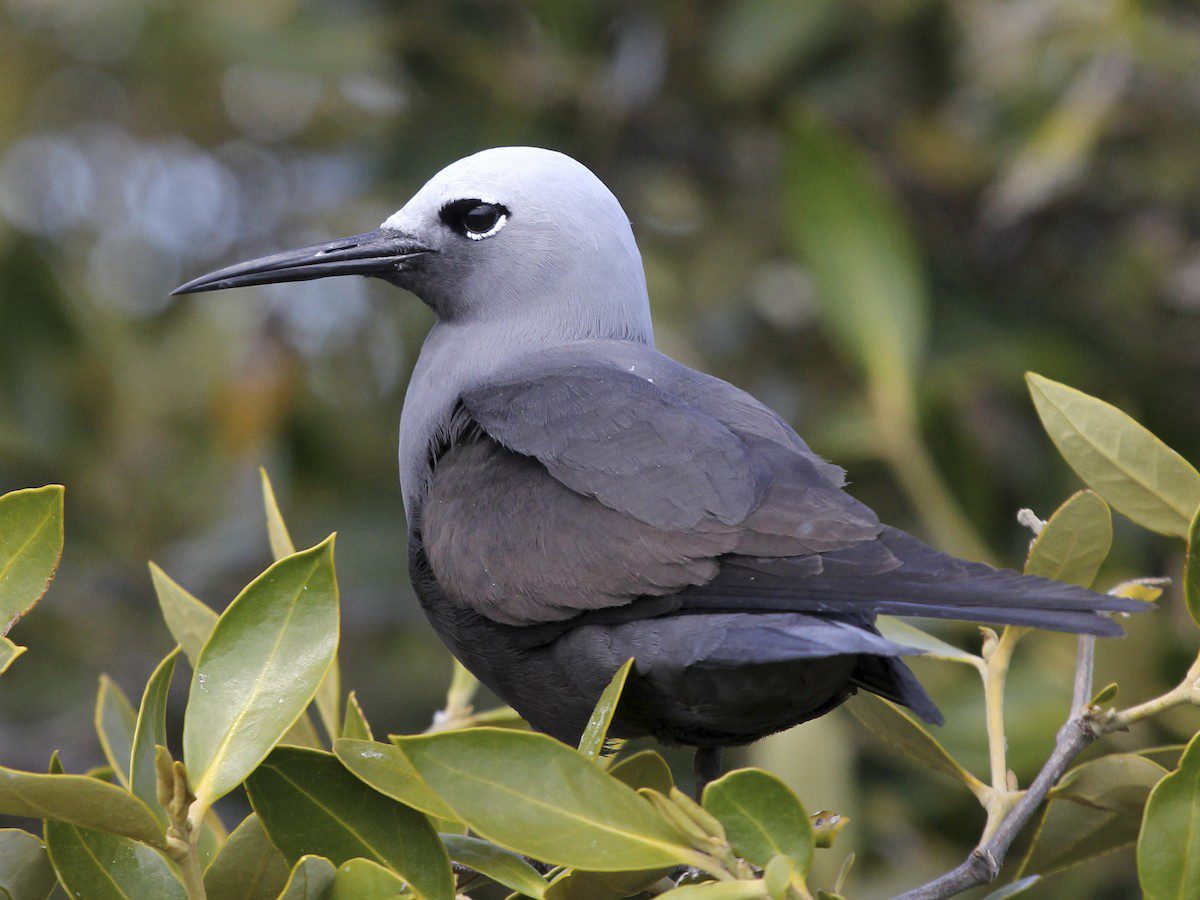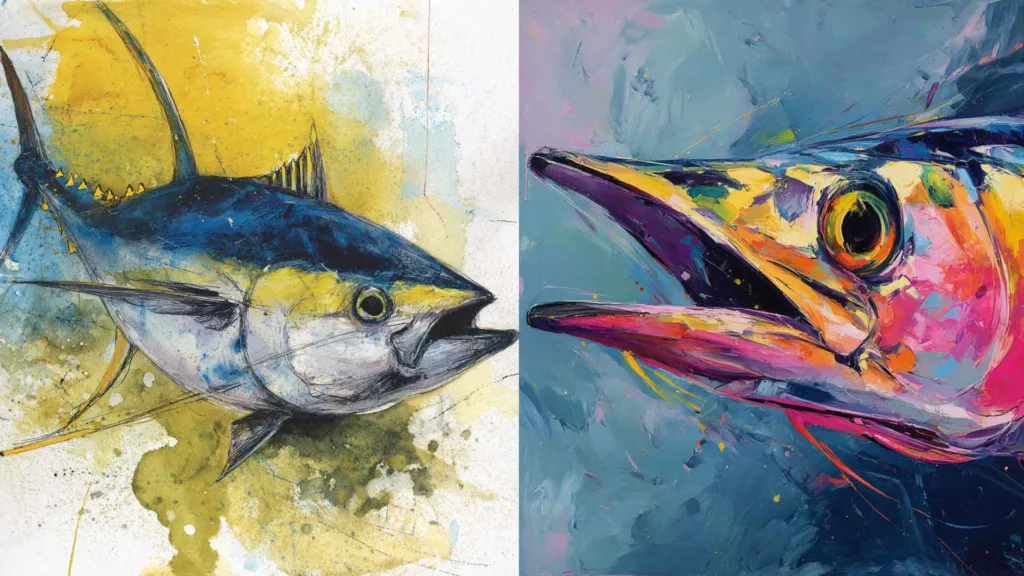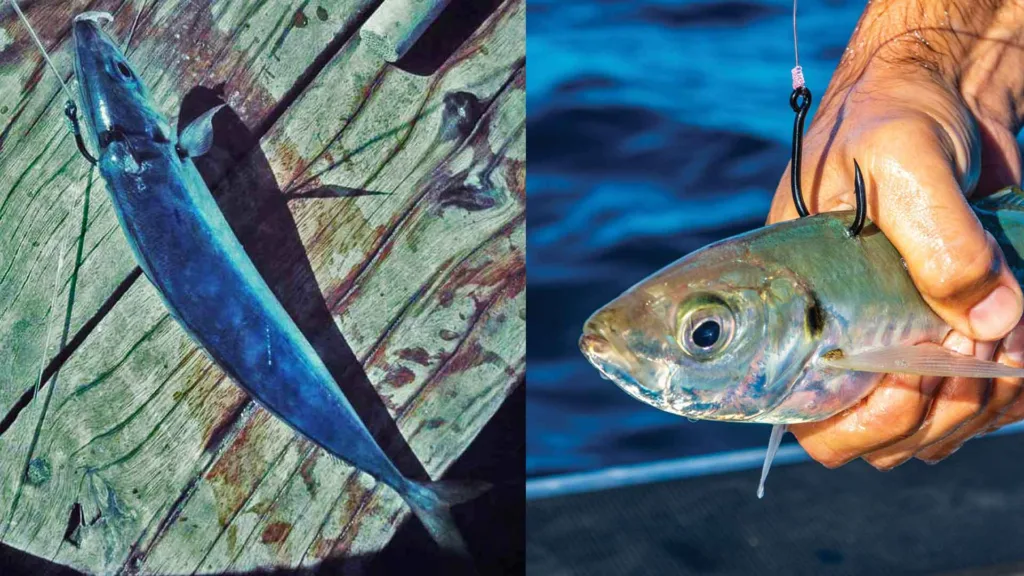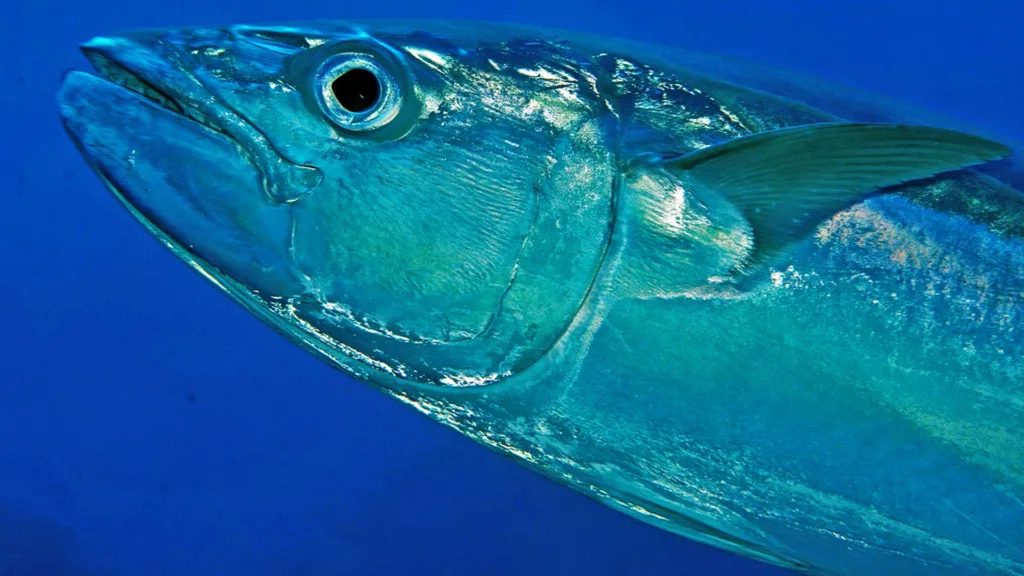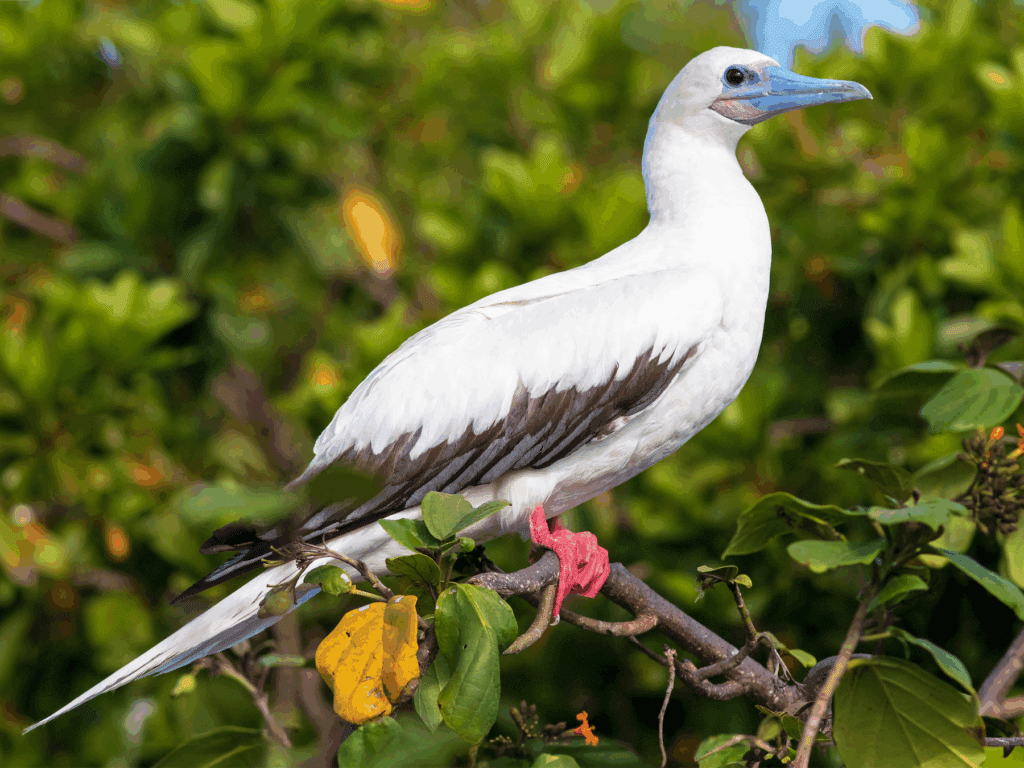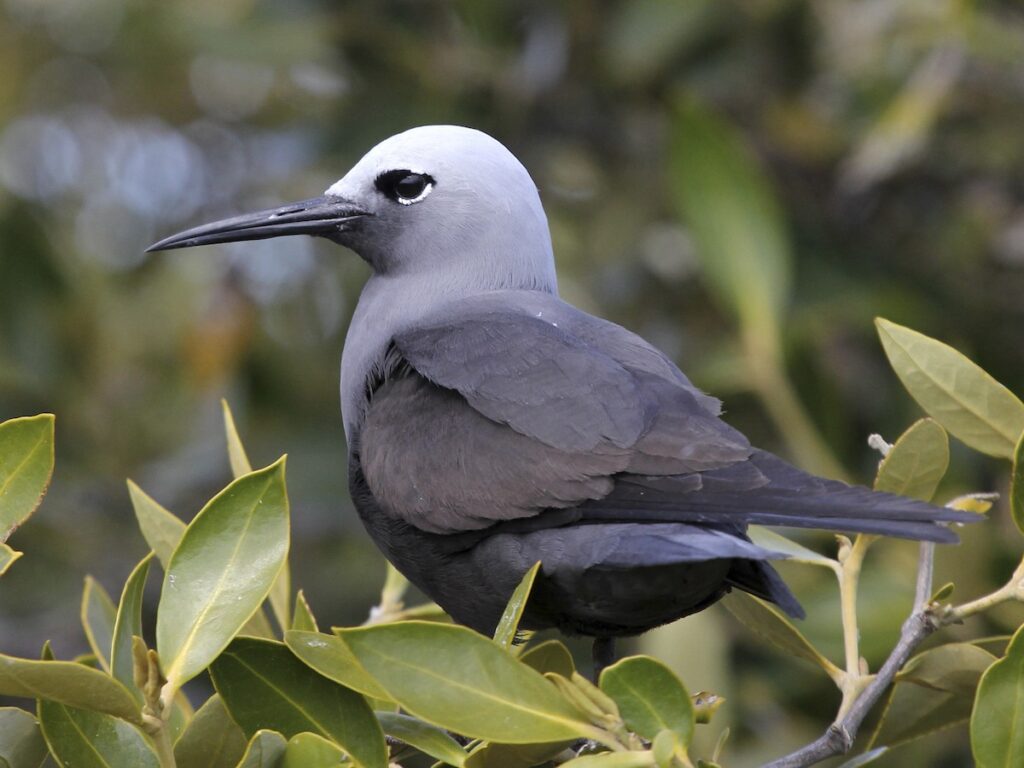
Nature is such an incredible system: the interlinking relationship between the species and the ecosystems is astounding. Human beings benefit from nature immensely, and our existence depends on this complex system. One of the greatest gifts that God has given to us is the expansive ocean, rich in seemingly infinite, endless species that are mesmerizing and mysterious. The various types of fish in our ocean are part of our favorite foods.
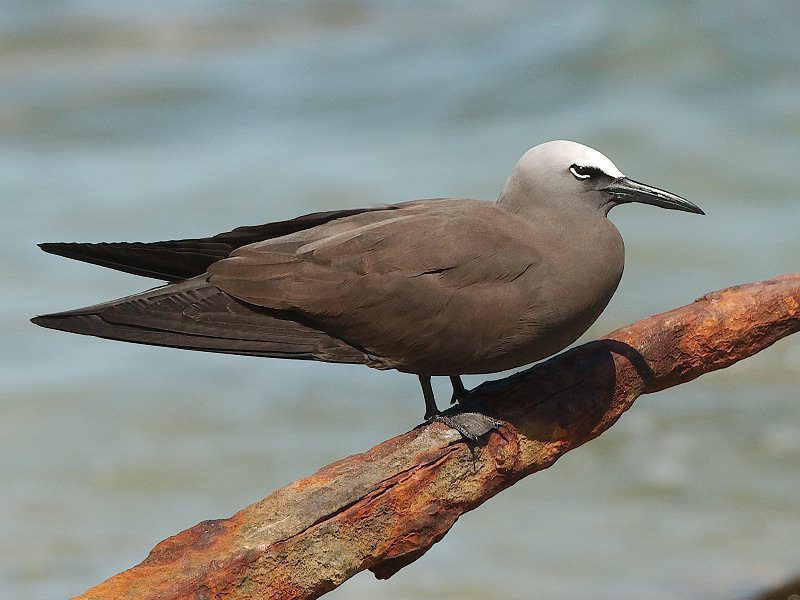
Fishing is one of the pillars of our economy. Catching fish involves techniques and timing and depends on many natural factors. When fishermen set out for fishing, they try to locate seabirds. Even today our fishermen rely heavily on seabirds—to locate tuna schools. Brown Noddy is the most common seabird found in the Maldives when it comes to tuna schools. The south of the country sees more Lesser Noddy than Brown Noddy (Jauharee, Adam, 2012). But fishermen also locate tuna schools with the help of frigate birds.
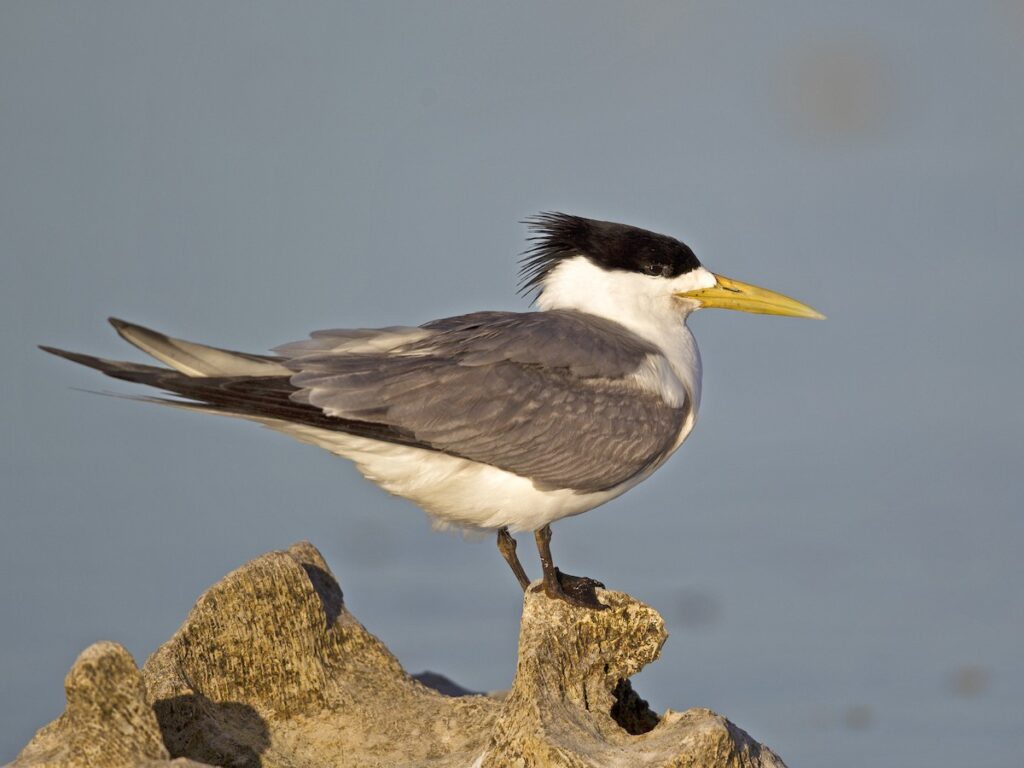
Frigatebirds are common in the southern regions of Maldives. Some of the other seabirds found associated with tuna schools include White-tailed Tropicbird, Great Crested Tern, Audubon’s Shearwater, Bridled Tern, Lesser Crested Tern, and Sooty Tern. Other non-resident seabirds are also found occasionally at the tuna schools; these include gulls, skuas, boobies, and storm petrels.
Lesser noddies and brown noddies (local names: kurangi and maaranga, respectively) are protected in the Maldives because feeding flocks are used by pole-and-line fishermen to locate tuna schools. The noddies also bring in large quantities of marine-derived nutrients in the form of guano onto the roosting islands, which enhances the productivity of both the island flora and the adjacent coral reef.
According to studies conducted, the noddies are present in the northernmost atoll of the Maldives, Ihavandhippolhu, predominantly during the northeast monsoon season, which is December to March or April. The main overnight roosting site in the Maldives is Gallandhoo Island, which is protected by the Government of Maldives, while the whole of Ihavandhipolhu Atoll is listed as an Important Bird Area (IBA) by Birdlife International.
The Lesser Noddy occurs throughout the Maldives but appears to be commonest in the north. It occurs in particularly large numbers in the far north of Maldives during the northeast monsoon season. These Lesser Noddies roost in huge numbers on Gallandhoo Island, Haa Alifu Atoll, and spend their days at sea in enormous flocks. As with Brown Noddy, this species does not breed in any numbers in the Maldives, despite being perhaps the commonest seabird locally (Ali, Phillips, Anderson, 2023). The only published record of Lesser Noddy breeding was reported in Baa Atoll. The majority of Maldivian Lesser Noddies’ breeding grounds are unknown.
